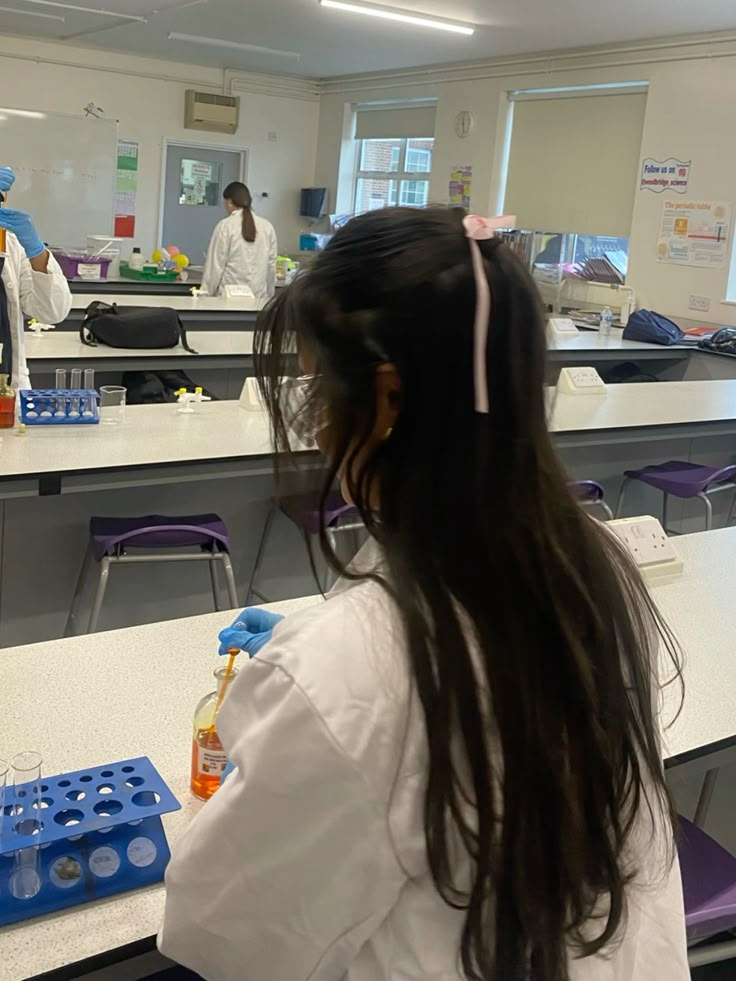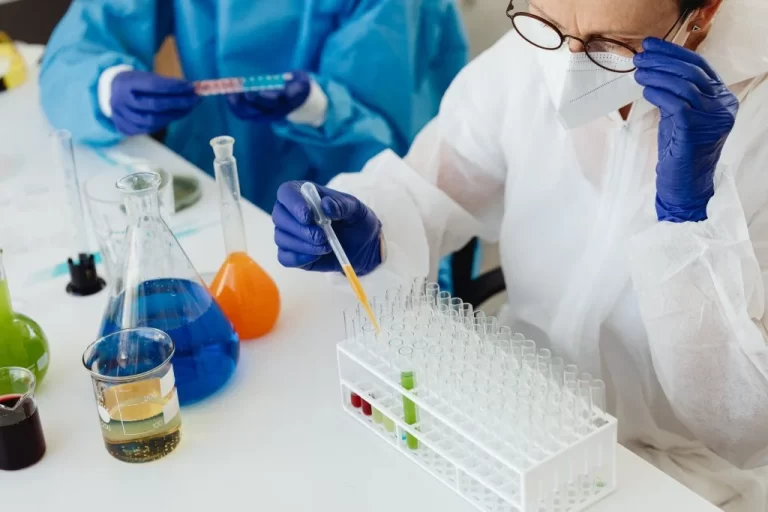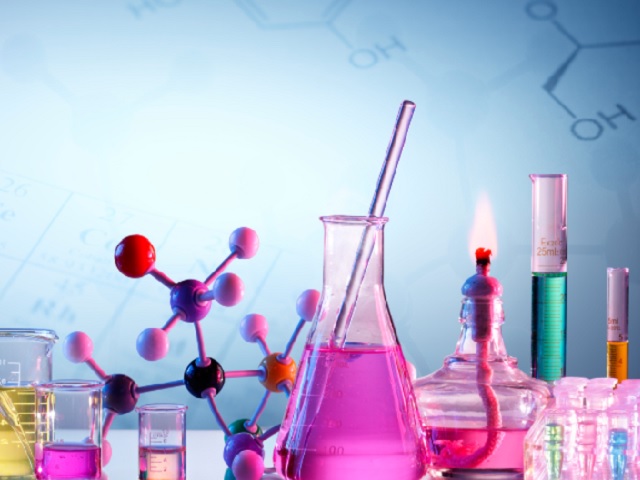Book Appointment Now
Stoichiometry 20: How many moles are present in 15 mL of 0.1 M AgNO₃ solution?

You ever poured a tiny amount of a solution into a test tube and wondered, “How much actual substance is in here?”
Well, that’s what today’s question tackles.
You’re working with a silver nitrate solution—only 15 milliliters of it.
But just because it’s a small volume doesn’t mean it’s insignificant.
In titrations, precipitations, and qualitative tests, that little volume can make a big chemical difference.
Let’s find out how many moles of silver nitrate (AgNO₃) are hiding in 15 mL of a 0.1 M solution.
It’s simpler than it looks—just follow the steps.
Step 1: Understand what molarity really means
Molarity, abbreviated as M, stands for moles of solute per liter of solution.
So when you’re told the solution is 0.1 M, that means:
There are 0.1 moles of AgNO₃ in every liter (1,000 mL) of solution.
But we don’t have a full liter.
We have only 15 mL.
That’s why we’ll scale down the moles accordingly.
Step 2: Use the molarity formula
The formula connecting molarity, volume, and moles is:
Moles = Molarity × Volume (in liters)
But our volume is in milliliters.
So we need to convert 15 mL to liters first.
15 mL = 15 ÷ 1000 = 0.015 liters
Now plug the numbers into the formula:
Moles = 0.1 mol/L × 0.015 L = 0.0015 moles
That’s it.
There are 0.0015 moles of AgNO₃ in this solution.
Step 3: Why precision matters
Chemistry doesn’t leave room for guesswork.
Imagine preparing a reagent for a titration.
If you round your moles or forget to convert mL to L, you could ruin the result.
In medical labs, food testing, or water treatment, a misstep here could trigger the wrong diagnosis, unsafe products, or regulatory problems.
Accurate mole calculations = safe and efficient chemistry.
Step 4: Let’s double-check with a proportion
Sometimes it’s helpful to cross-check with a ratio.
You know that 0.1 moles exist in 1,000 mL.
So how many moles are in 15 mL?
Set it up like this:
(0.1 moles / 1000 mL) = x / 15 mL
Cross-multiply:
1000x = 1.5 → x = 0.0015 moles
That confirms the result.
Same answer, different path this gives you confidence.
Step 5: Avoid these classic student mistakes
Mistake 1: Using milliliters directly in the formula without converting to liters.
Always convert to liters when using the molarity formula.
Mistake 2: Thinking “0.1” means 10%.
Molarity is not percentage. It’s a concentration unit in moles per liter.
Mistake 3: Forgetting significant figures.
In this question, molarity has 1 significant figure, and volume has 2.
So your final answer should have 2 significant figures: 0.0015 mol
Don’t say “0.001” or “0.002” unless you’re rounding for a specific reason.
Step 6: Let’s visualize it
If one full liter of this solution contains 0.1 mol of AgNO₃…
…then imagine dividing that into 1,000 equal parts.
Each 1 mL portion contains 0.0001 moles.
Now grab 15 of those portions.
You’d have 15 × 0.0001 = 0.0015 moles.
That’s how this works.
You’re not just moving numbers around—you’re breaking down the reality of that solution, molecule by molecule.
Step 7: So what is AgNO₃ used for anyway?
Silver nitrate is a versatile reagent.
In laboratories, it’s used for:
- Precipitation reactions to test for chloride ions (Ag⁺ + Cl⁻ → AgCl)
- Titrations to quantify halides or cyanides
- Staining and etching in microscopy and photography
What about medicine? It’s used as an antiseptic and cauterizing agent.
In each of these roles, knowing the exact mole content ensures accurate measurements, safe handling, and predictable reactions.
Step 8: Bonus Challenge – What if it were 30 mL instead?
If you had 30 mL of the same 0.1 M solution:
Convert 30 mL to liters = 0.030 L
Then:
Moles = 0.1 mol/L × 0.030 L = 0.0030 moles
You’d double the number of moles by doubling the volume.
That’s how molarity scales—linearly with volume.
Step 9: Recap and real-world takeaway
You were given 15 mL of a 0.1 M silver nitrate solution.
You calculated the number of moles using:
Moles = Molarity × Volume (in L)
And your result: 0.0015 moles
Seems small?
Well, that’s 9.033 × 10²⁰ molecules of AgNO₃.
Yeah, hundreds of billions of particles.
So even small quantities can pack a massive molecular punch.
Final Wrap-Up
So here’s the full picture:
If you’re handed 15 mL of a 0.1 M AgNO₃ solution in the lab, you’re dealing with 0.0015 moles of silver nitrate.
You got that by applying the molarity formula and converting volume into liters.
These tiny calculations are essential for mastering real-world chemistry, especially when preparing solutions, running analyses, or dosing in precision fields.
If you want to sharpen your stoichiometry skills and confidently walk through questions like this, without second-guessing your math, head over to our website.
There, you’ll get structured lessons, worked examples, guided practices, and expert explanations that make chemistry feel intuitive.
Whether you’re prepping for school tests, entrance exams, or lab work, CopyChemistry helps you master each step with clarity.
Let’s keep building that chemistry muscle, one mole at a time.



